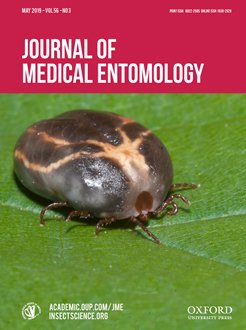The Australian sheep blow fly, Lucilia cuprina (Wiedemann), is commonly reared in the laboratory for many sequential generations on simple, fixed diets, so it can be used in veterinary, medical, and forensic studies. To investigate the effect of diet and long-term laboratory rearing on L. cuprina, flies were fed with two different diets (sugar and milk-sugar) over a year and F1, F6, and F11 generations were used for comparisons based on the number of eggs, attraction to wool and liver, and wing size. The results showed that the number of eggs of gravid flies, and the attractiveness of wool and liver did not differ significantly between diets and generations, but gravid flies were more attracted to wool and liver than non-gravid flies (P < 0.05). Moreover, in the F1 generation, thorax length and wing aspect ratio were significantly longer than in the F6 and F11 generations (P < 0.05), and the wing length was significantly longer than in the F11 generation (P < 0.05). It was concluded that neither diet nor long-term laboratory rearing affect potential fecundity or the behavioral responses of L. cuprina, but the gravidity of flies affects their behavioral response, and long-term laboratory rearing significantly affects fly morphology, apparently explaining a loss in flight performance.
How to translate text using browser tools
19 December 2018
The Effects of Diets and Long-term Laboratory Rearing on Reproduction, Behavior, and Morphology of Lucilia cuprina (Diptera: Calliphoridae)
Guanjie Yan,
Anthony C. Schlink,
Bekka S. Brodie,
Jianhong Hu,
Graeme B. Martin
ACCESS THE FULL ARTICLE
It is not available for individual sale.
This article is only available to subscribers.
It is not available for individual sale.
It is not available for individual sale.

Journal of Medical Entomology
Vol. 56 • No. 3
May 2019
Vol. 56 • No. 3
May 2019
behavior
blow fly
flystrike
Lucilia cuprina
morphology





